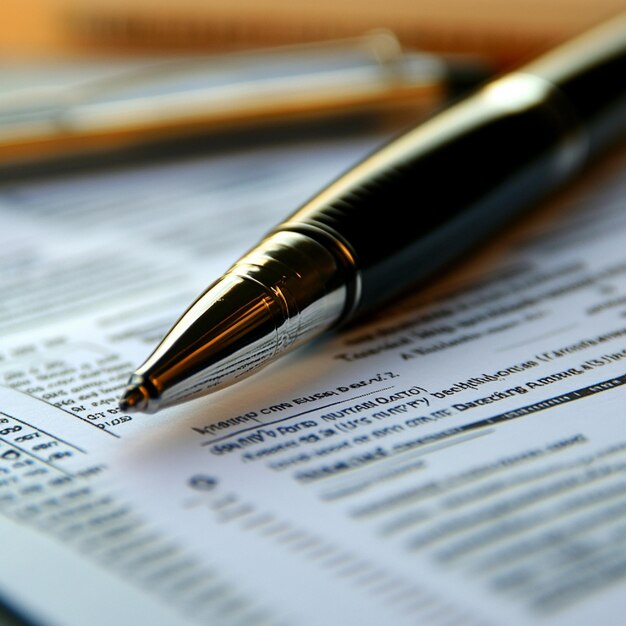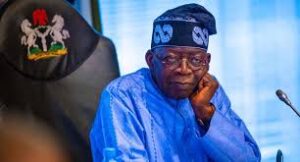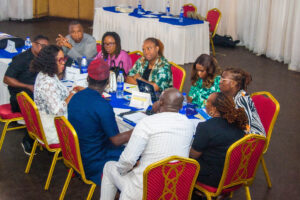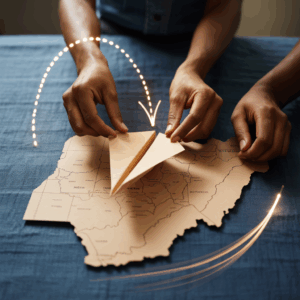
Writing proposals is an integral part of running a non-profit organization, especially for Program or Fundraising staff. Even though your non-profit does not exist to make a profit, you still need money to implement projects, serve beneficiaries effectively, pay staff salaries, and keep your operations sustainable.
Many grant-making organizations provide official application templates that outline the requirements, but the core elements of a solid proposal are often similar across funders. If you are new to writing grant proposals, this guide will walk you through the essential information that most standard funding proposals should contain.
1. Executive Summary
The executive summary is the first section reviewers see but often the last one you should write. It captures your proposal’s essence in a clear, concise way. In this section, summarize your organization’s mission, the project for which you are seeking funding, the problem it addresses, your proposed theory of change, the intended beneficiaries, the expected outcomes, and the total amount requested. Keep it brief, ideally one page or less, and think of it as your elevator pitch.
2. Organizational Profile
Funders want to know who you are before they consider funding you. Your organizational profile should include:
● A short history of your organization
● Your mission and vision
● Key focus areas or thematic priorities
● Previous work and achievements, including successful projects or partnerships ● Governance and leadership structure (Board members, Advisory board, and staff) ● Any recognitions, awards, or networks you belong to
● Your funding track record (note that it is perfectly acceptable if this is your first funding application)
● Legal status information, such as your Corporate Affairs Commission (CAC) registration number
● Contact details: office address, social media handles, and website
This section builds your credibility and helps funders see that you have the capacity to manage their resources responsibly. It also shows them the impact you have made so far.
3. Problem Statement (Background and Context)
This section should clearly define the problem your project seeks to address. Describe the need, issue, or gap that exists, and use credible data, research, or community insights to demonstrate why the issue is urgent, important, and relevant. Even if your motivation comes from personal or community experience, it is essential to situate that within a broader narrative supported by evidence.
For example, instead of stating, “young people’s recommendations on social issues are not implemented at the leadership level,” strengthen your case by citing statistics, research findings, or case studies that show the scope and impact of the problem. For instance: “According to One Young World (2022), while young people make up more than 50% of the world’s population, they hold less than 2% of parliamentary seats globally. This lack of representation means that their recommendations are often overlooked in decision-making processes, even when these directly affect their futures.”
Always connect the identified problem to your sector or cause. A common and effective approach is to link it to the Sustainable Development Goals (SDGs) or to regional priorities such as the African Union Agenda 2063. This not only demonstrates relevance but also shows alignment with recognized global or regional development frameworks.
Key things to demonstrate:
● Who is affected and how?
● Why does the problem persist?
● Why does it matter now or what makes it urgent?
● How does it connect to the funder’s mission and priorities?
4. Goals and Objectives
Here, you define exactly what you want to achieve. It is important to distinguish between broad goals and measurable objectives.
The goal is the overall change your project hopes to contribute to. For instance, a goal could be “to improve civic engagement among youths.” Objectives, on the other hand, are the specific, measurable, achievable, realistic, and time-bound (SMART) steps you will take to reach that
goal. For example, an objective might be “to train 500 undergraduates on digital civic tools within 12 months.”
You are not limited to a single objective, you may outline several. However, each objective must directly link back to the problem you identified in your problem statement, ensuring consistency and logical flow throughout your proposal.
5. Project Description and Activities
This is where you describe the project in detail. Outline the strategies, methods, and activities you will implement to achieve your objectives. Use a logical sequence and show how each activity contributes to the bigger picture. For example:
● Activity 1: Conduct baseline survey of community awareness levels
● Activity 2: Organize training workshops
● Activity 3: Launch advocacy campaigns
● Activity 4: Provide mentorship and follow-up support
It helps to include a timeline indicating when each activity will occur and specify who is responsible for delivering each task. Some funders may also request a theory of change or logical framework that demonstrates how your activities will lead to outputs, outcomes, and ultimately, long-term impact.
6. Expected Outcomes and Impact
This section demonstrates the difference your project will make. Be specific about the outcomes you expect, whether they involve increased knowledge, improved skills, strengthened institutions, or policy changes.
It is important to differentiate between outputs, outcomes, and impact:
● Outputs are the direct deliverables of your activities (e.g., 10 workshops held, 500 participants trained).
● Outcomes are the changes that occur as a result of those outputs (e.g., increased voter participation among youth).
● Impact refers to the long-term, sustainable change your project contributes to (e.g., stronger democratic participation in the region).
Tip: To improve clarity, you can present your objectives, activities, and expected outcomes side-by-side in a tabular form. This makes it easy for reviewers to see the logical connection between what you plan to do and the results you aim to achieve.
7. Budget
Funders want to see a clear and transparent plan for how you will use the funds. Remember that you will likely be required to present a financial report during and at the end of the project. Your budget should therefore be realistic, detailed, and aligned with your proposed activities. Typical budget categories include:
● Personnel costs (staff salaries, consultants)
● Program costs (training, workshops, advocacy)
● Operational costs (rent, utilities, communications)
● Monitoring and evaluation (M&E). E.g., baseline and endline surveys, hiring an M&E consultant, data collection tools, reporting software.
● Indirect/overhead costs (often capped at 10 -15%)
NB: Give room for miscellaneous expenses, particularly if the grant cycle will start much later. Consider exchange rate conversions and fluctuations if applying to an international donor.
Many funders require a budget narrative, an explanation of why each cost is necessary. Transparency and accuracy here are critical.
8. Risk Assessment and Mitigation Plan
Every project faces risks, either political, financial, security, or operational. Funders appreciate organizations that acknowledge risks and present strategies to minimize them. For example:
● Risk: Low turnout for training sessions
● Mitigation: Partner with local youth groups to mobilize participants in advance This shows you are realistic and prepared.
9. Monitoring, Evaluation, and Learning (MEL)
Whether you call it MEL, M&E, MEAL (Monitoring, Evaluation, Accountability, and Learning), or L,M&E (Learning, Monitoring, and Evaluation), funders increasingly expect strong frameworks
for tracking results. This section should explain how you will measure success and use the lessons learned to strengthen your work. Include details such as:
● Indicators for outputs and outcomes
● Data collection methods (surveys, interviews, focus groups)
● Whether you will engage an independent consultant to objectively evaluate the project
● How findings will be reported back to the donor (some donors provide narrative and financial templates to report projects)
● How lessons learned will improve future projects
MEL ensures accountability and continuous improvement.
10. Sustainability Plan
Funders want to know that the impact of your project will last beyond their grant cycle. A strong sustainability plan shows that you are thinking long-term and that their investment will have enduring value. In this section, describe the practical steps you will take to sustain project results after funding ends. This could include:
● Building community ownership (e.g., training local leaders or community groups to continue activities after the project closes)
● Diversifying funding sources (e.g., approaching other donors, corporate sponsors, or crowdfunding to continue another phase of the project)
● Policy and advocacy efforts (e.g., pushing for project outcomes to be institutionalized by government, such as a Bill being passed into law)
● Knowledge products and platforms (e.g., creating a reflective podcast series, toolkits, or reports to document and share learnings)
A thoughtful sustainability plan not only reassures funders but also demonstrates your organization’s commitment to creating long-term impact.
11. Conclusion
Your conclusion should bring everything together and end with a clear, compelling call to action. Reaffirm the urgency of the problem, highlight your organization’s capacity to deliver results, and emphasize the transformative impact the project will have. Close by sincerely thanking the donor for considering your proposal and the opportunity to partner in creating change.
Final Note: Tailor Your Proposal to the Donor
While the elements outlined above form the backbone of a strong proposal, always adapt your application to each donor’s specific guidelines. Grantmakers such as the Ford Foundation, Africa No Filter, or UK Aid often provide detailed templates, eligibility criteria, and submission requirements on their websites. Study these carefully and align your proposal with their funding priorities.
Donors may also request supporting materials such as team members’ CVs, organizational registration documents, or letters of recommendation. Be prepared to provide these.
Finally, remember that a great proposal does more than present facts; it tells a story. It paints a clear picture of the problem, the people affected, your solution, and the long-term impact that donor support will make. The strongest proposals combine evidence with emotion, ensuring that funders not only understand the project but also feel compelled to invest in it.





